 I have a treat in store for you today! Our guest, Tom Adair is a former forensic scientist from Colorado who left the world of crime to pursue a writing career in 2009. He is triple board certified as a senior crime scene analyst, bloodstain pattern examiner, and footwear examiner and has served as President of several regional professional organizations, including the Association for Crime Scene Reconstruction, an international group of scientists and detectives. Tom to continues to conduct and publish research in forensic sciences but devotes a majority of his time to his fiction writing. Tom created the blog forensics4fiction to share information about the forensic sciences to the fiction writing community. He’s prepared an informative post for us on getting the guns right in our fiction!
I have a treat in store for you today! Our guest, Tom Adair is a former forensic scientist from Colorado who left the world of crime to pursue a writing career in 2009. He is triple board certified as a senior crime scene analyst, bloodstain pattern examiner, and footwear examiner and has served as President of several regional professional organizations, including the Association for Crime Scene Reconstruction, an international group of scientists and detectives. Tom to continues to conduct and publish research in forensic sciences but devotes a majority of his time to his fiction writing. Tom created the blog forensics4fiction to share information about the forensic sciences to the fiction writing community. He’s prepared an informative post for us on getting the guns right in our fiction!
Describing the Condition of Your Gun
Firearms can be a little confusing to authors who have never shot one. Even for those who occasionally shoot guns, there are details that may affect the accuracy of your writing. We’ve all seen those movies where the cop or bad guy will yank the slide back on their handgun before pointing it at someone. Have you ever seen a cartridge case fly out? Me neither. This means the gun wasn’t loaded. I don’t know about you, but I’ve never met a cop who didn’t have a round in the chamber. Without it the gun is just a really expensive paperweight.
Whenever criminalists examine a firearem at the crime scene there are a number of things we want to determine about its condition. Is it loaded? If so, how many cartridges? Are they all the same brand or are they mixed? Are they all the same caliber? Some guys like a .357 revolver can hold both .38 caliber rounds as well as .357 ones. The new Taurus Judge revolver holds both .45 Long Colt cartridges or .410 shotgun shells.
Does the gun have a safety and is it on or off? If you have a bad guy staging a suicide and the put the gun in the victim’s hand with the safety engaged, it’s going to look suspicious. Similarly, if the victim used a pump-action shotgun there should be an expended shell in the chamber (dead guys can’t work the slide). If the semi-automatic gun has an external hammer, it should be in the rear position after the shot is fired.
the put the gun in the victim’s hand with the safety engaged, it’s going to look suspicious. Similarly, if the victim used a pump-action shotgun there should be an expended shell in the chamber (dead guys can’t work the slide). If the semi-automatic gun has an external hammer, it should be in the rear position after the shot is fired.
Characters can also get themselves into trouble if they don’t understand how a gun will function. For example, to properly unload a semi-automatic handgun you first remove the magazine and then pull back the slide to eject the live round. If your character pulls the slide back first the live round will be ejected, but a new one will be stripped from the magazine and loaded into the chamber. So even though the magazine is taken out there is a still a live round in the chamber. Some guns must have the magazine properly inserted for it to fire, but others don’t.
In any event, it will benefit you to do some hands on research with whatever firearem you put in your character’s hand. If you aren’t proficient with firearms, go to a gun store or find a club that might give you information. A call to our local police public information officer might also be helpful.
Tom’s background as a CSI technician means he has a wealth of knowledge about all things evidentiary! Turn your imaginations to the dark side. Surely there’s a question you have about blood spatter, entymology, firearms, crime scenes… After all, when will you have another chance to ask an expert?



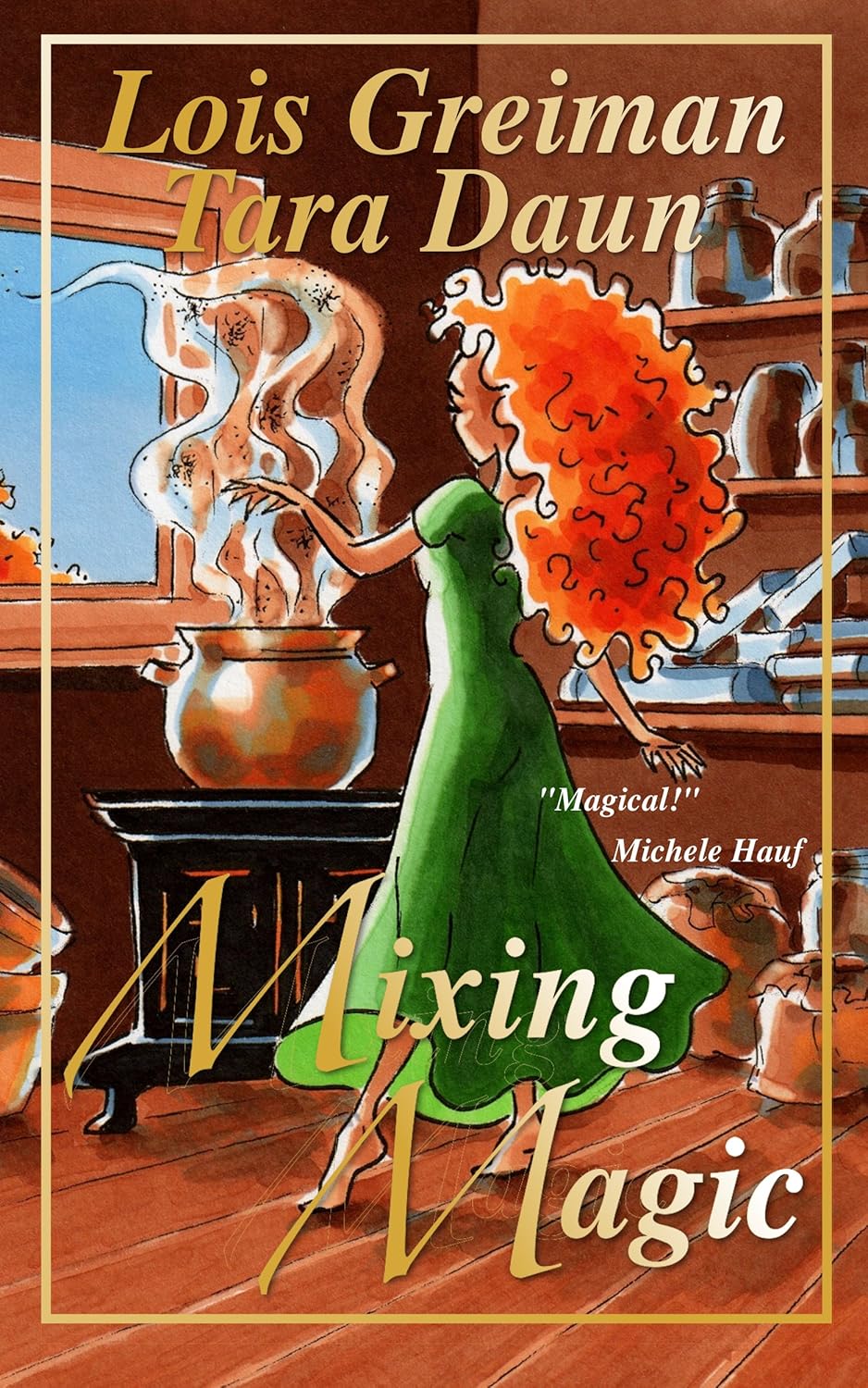
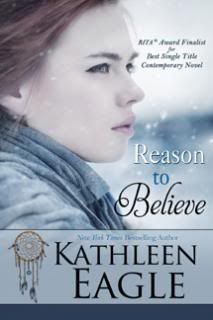
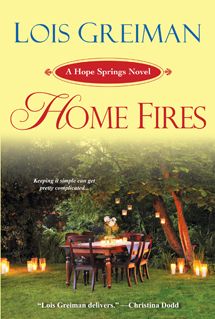





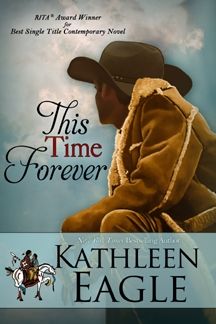




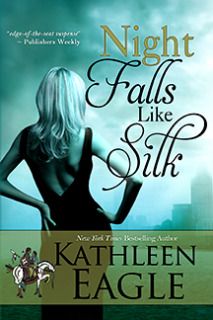

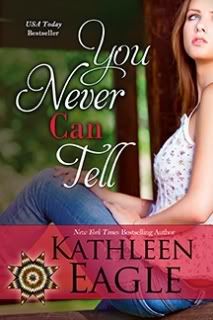





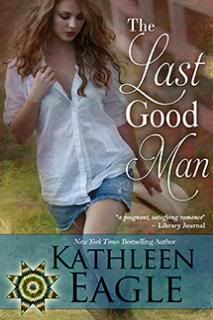


























Hi Tom and welcome to the vert! I’ll be seeing you at RomCon in Denver this weekend by the way. Looking forward to meeting you in person.
I have a basic (very basic) knowledge of firearms – enough so that I have a profound respect for them. Could you explain to our viewers why the AK-47 is ALWAYS the rifle of choice for the bad guys – and maybe a little history about that particular weapon? Thanks!
Hi Cindy, looking forward to seeing you too. As to your question I suppose it depends upon your definition of bad guy. An AK-47 (the Kalashnikov Automatic rifle) was designed by a former Soviet tank soldier Mikhail Kalashnikov during the waning years of WWII. The weapon wasn’t officially put into service until 1947 hence the numeric designator. The Kalashnikov family consists of countless variants and has become the most prolific assault rifle ever produced. It is so revered that even some countries like Mozambique have placed it in their National Flag. It is emblematic of the “revolutionary” soldier and terrorist. Characteristically Soviet it was built to last. The classic banana shaped magazine is easily recognizable and certainly evokes a strong emotional response from some people. It is simple and has loose tolerances allowing it to handle extreme conditions without interruption in operation. Simply put, it’s built like a tank and you can drop it in the mud and keep on firing it. It’s also cheap to build and all of those reasons make it the weapon of choice in 3rd world countries and Communist countries around the world. It fires a 7.62 x 39 cartridge but it’s not a really accurate long range rifle. For street fighting and CQB (close quarter battle) it’s a pretty good choice.
It’s rare to find one in the hands of the common Western street criminal however. Even with the explosion in popularity of so called black guns (AR-15 platforms) assault rifles are still rarely used in crimes. Their big and bulky which is fine if you’re in a vehicle but you can’t really carry one concealed like a pistol. A number of drug cartels also use them but they seem to use a lot if US designed weapons as well. I don’t know if the book is still in print but if you’re really interested in the history you might check out The AK47 Story: Evolution of the Kalashnikov Weapons by Edward Ezell.
Thanks for the reply, Tom. I’ve fired both the AR-15 and an AK – both amazing weapons.
What a great post. I’m definitely bookmarking Tom’s site for future reference. Thank you!
Thank you Leslie!
Very helpful post. I’ll also be bookmarking Tom’s site. Thanks for the info.
Thanks Karyn!
This is a great post! I hadn’t thought of any of these things mentioned–which should be a relief to everyone I don’t write books that have guns in them, but I still find the information fascinating. Definitely if you were trying to make something look like a suicide, there are some major tells to watch for. I always thought with the suicide that’s not a suicide, they’d be able to tell because there wasn’t gunpowder on the victim’s hand (I don’t know if that’s true; I think I heard that once in a TV show–you see my accuracy here.)
Still, because this stuff does interest me, even though I don’t have guns (or these kinds of bad guys) in my books, I am tempted to learn more about guns. Just in case I do want to use them eventually.
I’m not sure what I could ask. I think I would be more interested in WHERE could a person be shot, where you think they might die, there’s a good chance and there’s lots of blood, but they wouldn’t actually die–and it’s plausible? I want to make my dark moment as dark as possible without making someone dead. Is there such a spot? I always end up reading where someone is shot near the heart and I’m wondering, “Would he really have lived through that? And walked out of the hospital right away? REALLY?”
And IS there something we need to know about blood spatter? Now I’m all thinking about it. I think I assumed most of it flies out behind the bullet, but now I’m wondering if there might differences.
Hi Fran, modern medicine has certainly helped reducing the murder rate in the United States and abroad. There are even military grade blood clotting agents available to the general public that are popular among hunters and back country folks who are hours or days away from medical treatment. I carry one for my dog too when I’m in the mountains in case she impales herself or gets some serious injury. Having said that a gunshot wound is a serious injury, even if on the extremities. There are major arteries in your arms and legs that, if severed, could lead to a quick death. I would say survivability is is combination of caliber, wound location, and time until emergency medical care. Head wounds bleed a lot (even if just a grazing wound that doesn’t penetrate the cranium) so you could consider that. Your characters, seeing blood coming from the head but not being able to see the wound well though the hair, could go through a long series of emotions while waiting for paramedics.
As to your other comment about maybe wanting to learn more about guns I can’t encourage you enough. My previous job would have been a lot more boring had more citizens been prepared to defend themselves. Guns can be very intimidating (and dangerous) which is why finding a good mentor is paramount. It’s a lot easier than you might think though. Befriend some friends or family that shoot to take you out. You’ll find that most gun owners will jump at the chance to take you shooting. If you don’t know anyone consider taking a concealed carry class that doesn’t require you to bring a gun to class. If you’d rather learn from women the NRA (Women on Target Program) and your local Division of Fish and Game will have courses just for women; taught by women. When you get ready to buy one ask a lot of people for an opinion about the pros and cons of various weapons. Be safe and have a lot of fun. I guarantee that your appreciation for guns will change.
Hi Tom and welcome today!
Given that you know so much about guns, forensics, etc…, do you find it difficult to not put TOO much info into your stories? And I have to ask this, given you’re a bloodstain pattern expert, is the show Dexter accurate?
HA! Can you tell by my responses so far? If you hadn’t noticed I tend to ramble. Funny thing, when I left forensics and decided to write I sat down and wrote out my first chapter (I had a series of books already outlined) I had absolutely no idea what I was doing (I still don’t). It was 6,000 words. So of course, being the reasonable scientist, I made that my goal for every chapter. Six months later when I finished I was looking at 200K words and pretty proud of myself. The I started learning about the business and you can guess the rest. I think my editor was both thrilled and pissed. I love to teach and sometimes that comes out in my writing. I have to remind myself that I’m not writing reports or reconstructions and sometimes it’s good to be vague with the reader to get their brain engaged. How’s that for a long answer? I LOVE Dexter! I didn’t watch it for years but my nephew finally got me to start (I’m on season 4). As far as bloodstain pattern analysis it’s pretty strong on theory but not in application (like CSI) but that’s what has to be done in a 40 minute story. If you showed what happens in real life the audience would be asleep after a few hours!!
I’ve been taking up waaay too much of Tom’s time already with questions about my wip. But I’m interested to know how much can be determined at the scene from the spatter, and how much must wait further analysis in the lab.
Bloodstain Pattern Analysis is a form of crime scene reconstruction. It tends to answer the “how”, “what”, “when”, and sometimes the “why” whereas DNA analysis tends to address the “who” question. Every scene is different but under the best of circumstances examiners may be able to determine the minimum number of bleeding subjects, positions of bleeding subjects (standing, sitting, laying, etc), minimum number of blows, sequencing of events, etc. Some reconstructions may take days to complete at the scene while others can be completed in a few hours. Obviously we have to wait for DNA analysis to refine our analysis (knowing who left which stains for example) as that can alter our original hypothesis. Additionally, we may need to do experiments to test various actions to see if they produce the same kinds of bloodstain patterns we found at the crime scene (you’ve probably seen examples of this on CSI or Dexter where they bash the mannequin with a baseball bat). In fact, when I helped design a new crime lab I would be working in I designed a room specifically for this purpose with washable floors, walls, and ceilings so clean-up would be easier.
QUESTION – Hi Tom – not sure if you can answer this, but I am writing a Canadian RS book based in Winnipeg and wondering if you can tell me if Winnipeg has a CSI team and how similar they might be to US CSI’s? Thank you if you have any info – lynn romaine (www.writingtonight.blogspot.com)
I talked with an examiner from Ontario (Toronto) once and he told me that he handled bloodstain examinations throughout the entire province which is huge. They had their own plane to get from crime scene to crime scene. I don’t know about Winnipeg but it’s a large city and I’ll be the local police have a good crime lab. Of course Canada also has their National force the RCMP and they offer lab work throughout the country. Is your CSI with RCMP or did you want to make them local with the police? You might try doing a google search for both Winnipeg crime lab and RCMP Winnipeg and see what you find out.
Hi, Tom, waving from Colorado. I follow you blog. I am such a visual/listening type of person that oftentimes just reading about this stuff doesn’t complete the picture for me. I’m sure I speak for all the writers checking in with you, we’re grateful you’re willing to share your expertise.
I do have questions can’t let Kylie have the entire floor. I have my murder victim going up a mountain pass with a stalker lying in wait. 1) What type of rifle should my bad guy have? He needs to shoot out the victim’s tires?? or windshield? 2) Would you buy that a blown out tire would force the old truck off the road. 3) The vehicle lands at the bottom of a deep ravine. At this point (old truck) I want it to explode, burn the corpse. Would the truck explode in your mind with say 1/2 a tank of gas? 4) would crime scene techs be able to find the bullet (projectile)? if the truck completely burned. 5) Would the small town police department call in I’m assuming the CBI for their crime scene analysis?
Oh, dear…. I took over the blog. So sorry! 🙂 Kylie, we need to have Tom do a workshop or a Q&A for KOD 🙂
Weapon selection has a lot to do with your character’s familiarity with guns. For example if the killer is a hunter they will probably use a rifle they commonly use for big game and most hunters have several calibers. On the low end I would say a .270 caliber and on the high end a 7mm Mag or .300 Winchester Magnum. Remington 700 series bolt action rifles are very common but you could choose just about anything. If your bad guy is a military buff he might select an AR-15 style platform in a .308 cartridge or .338 Lapua come to mind. The problem is that making a shot on a moving target (like a car tire) is extremely difficult unless the car is coming straight at you (even then a very tough shot depending on distance). A vehicle certainly could lose traction on a dirt road and if the road is muddy or has a lot of rough choppy terrain it could cause the driver to lose control. The old exploding car thing is pretty much a myth. Gasoline certainly can burn but if the tank is ruptured then the gases and flames can escape pretty easily. It might be more plausible to have your victim drive a truck or jeep and have extra gas cans in it that would catch fire and burn with greater intensity. Just a thought. As for the bullet, if the bullet damaged the wheel well then yes they might be able to find the bullet or at least see that it had bullet damage. A bullet could also be lodged in the tire. Vehicles won’t “burn to the ground” and although they can appear to be heavily damaged it’s still possible to find a lot of evidence in them. The ashes would have to be sifted through screens but it’s certainly possible to find a bullet.
The local authorities would have investigators from the fire district or Sheriff’s Office and they can certainly call in CBI as well. What location were you thinking of using?
Hi, Tom! Thanks for joining us. Looking forward to what you have to say…
My pleasure.
Welcome Tom! Thanks so much for sharing your knowledge about firearms and forensic science. I have VERY little experience with firearms… unless we’re including waterguns.:)
Great resource, thanks Tom!
You’re very welcome Auntie M!